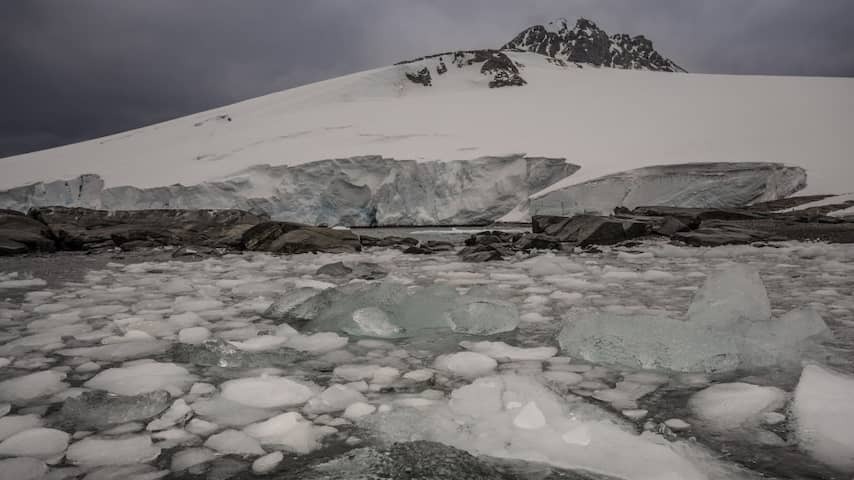
Worldwide, glaciers are melting and permafrost is thawing, causing bacteria, viruses, and fungi to emerge from their ‘hibernation’ after thousands of years. Scientists warn about the risks of this “frozen Pandora’s box.” This is stated in a report by the UN Environment Programme (UNEP) that will be published on Thursday.
A horror scenario in which an ancient virus released from thawing soil after thousands of years unleashes a pandemic does not seem likely. “Widespread outbreaks are unlikely,” microbiologists write in the UN report. Yet their message is not reassuring.
The report’s authors see several risks. For example, microorganisms released from thawing soil or glaciers may have properties that are harmful to humans. These could end up in other organisms through genetic transfer.
This could include genes that influence how a virus can evade our immune system. Earlier research on bacteria from frozen environments has found genes that contribute to antibiotic resistance.
The scientists urgently call on policymakers to pay more attention to these issues.
Another reason to combat climate change
“As global temperatures reach record highs, these microorganisms will become more active in many ecosystems,” UNEP warns. The organization emphasizes that this is another reason to limit climate change as much as possible.
Glaciers and permafrost also have important functions. For example, people are highly dependent on glaciers for their drinking water. Permafrost in the far north plays a major role in storing carbon. Permafrost is soil that has been frozen for centuries. As the frozen soils melt, large amounts of CO2 and methane are released into the atmosphere, where the gases contribute to further warming.
Another growing risk that UNEP draws attention to in the report is the sharply increasing risk that older people face from heat. Worldwide, people aged 65 and over are increasingly exposed to extreme temperatures. The number of deaths among those aged 65 and over due to extreme heat has increased by approximately 85 percent since the 1990s. One of the solutions proposed by UNEP is the radical greening of cities.